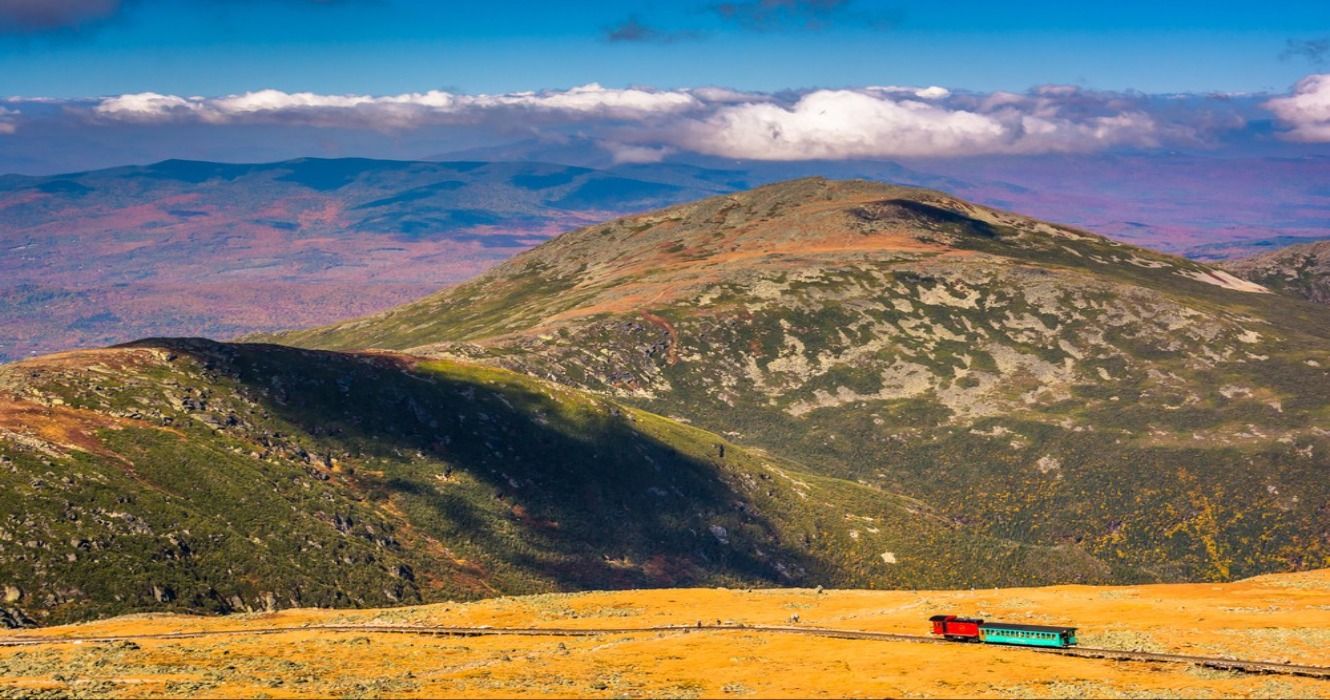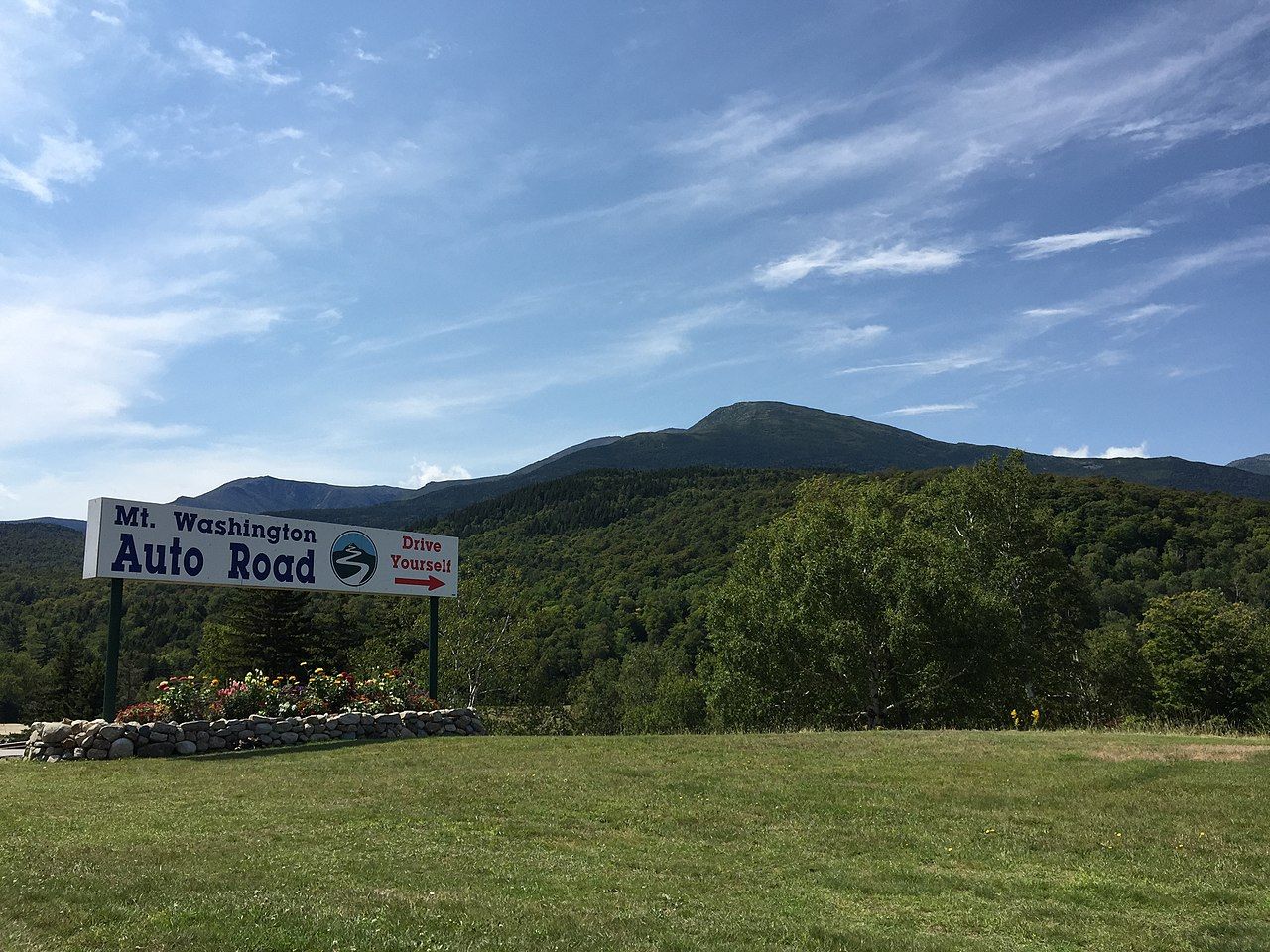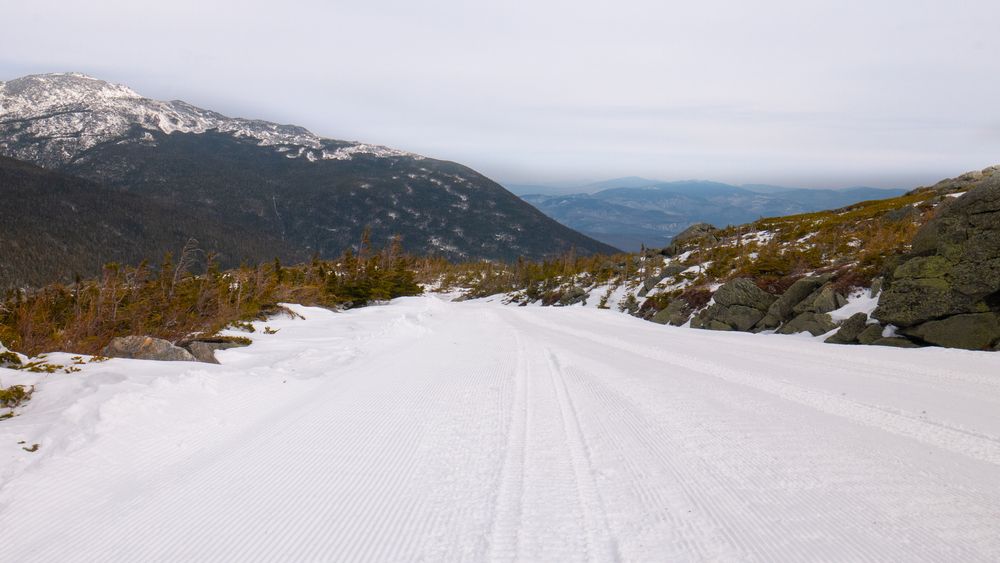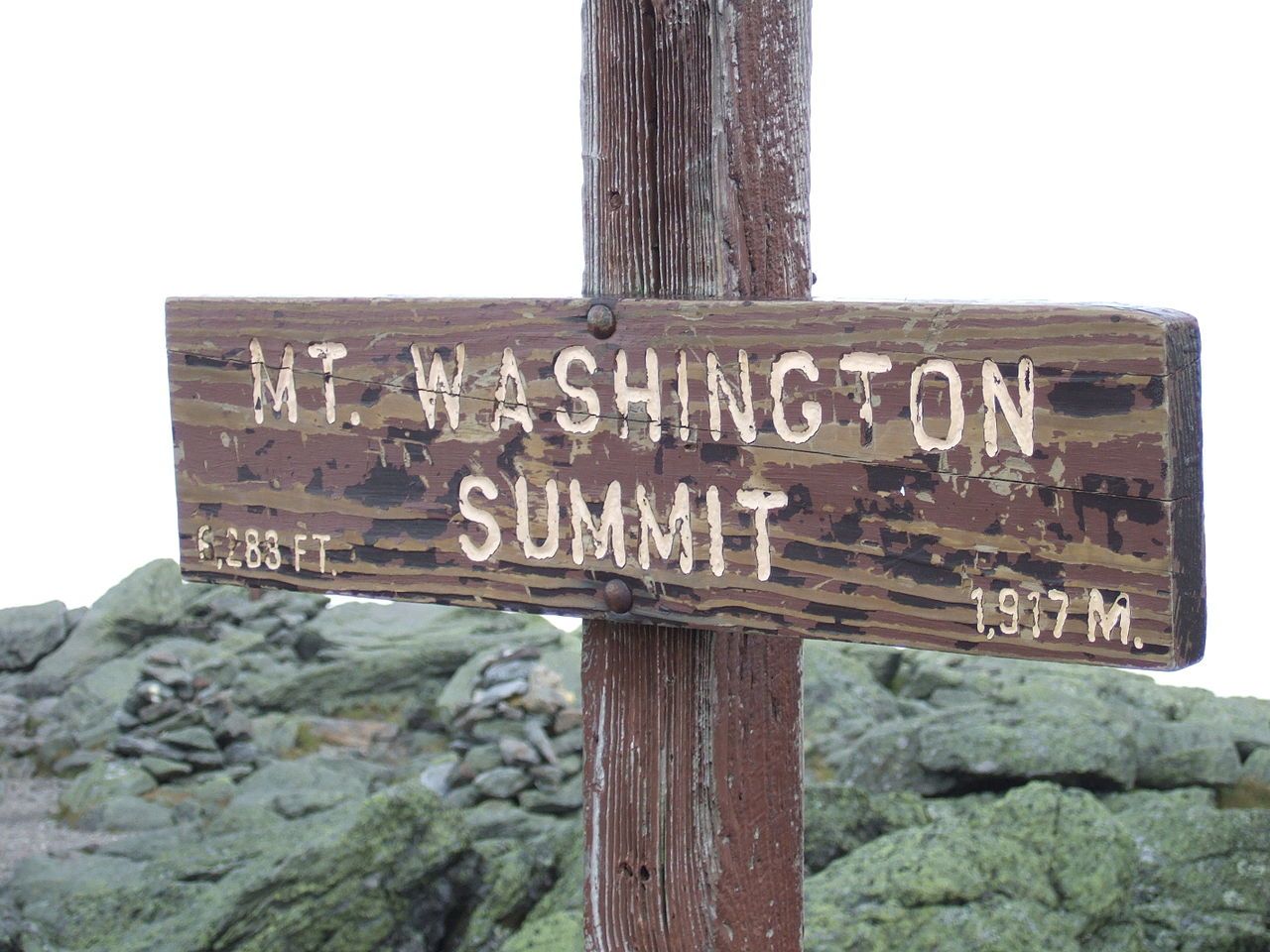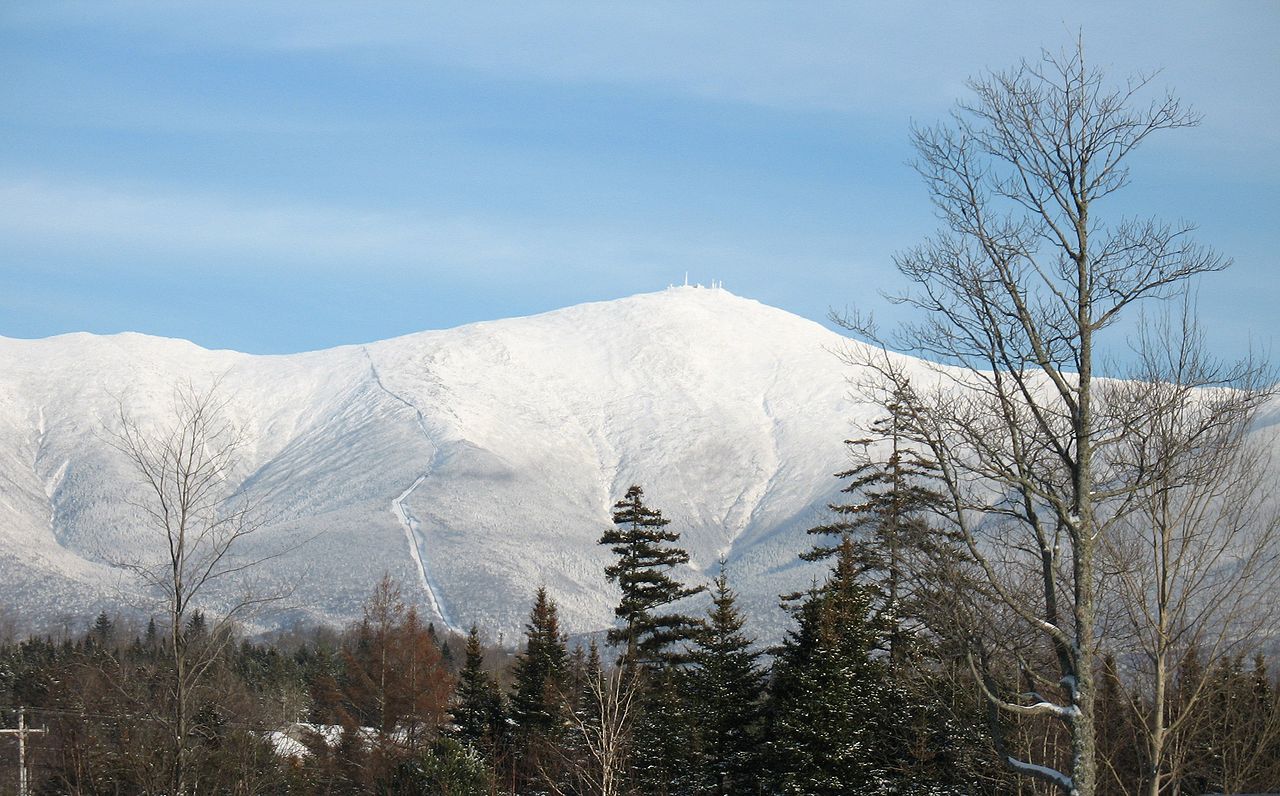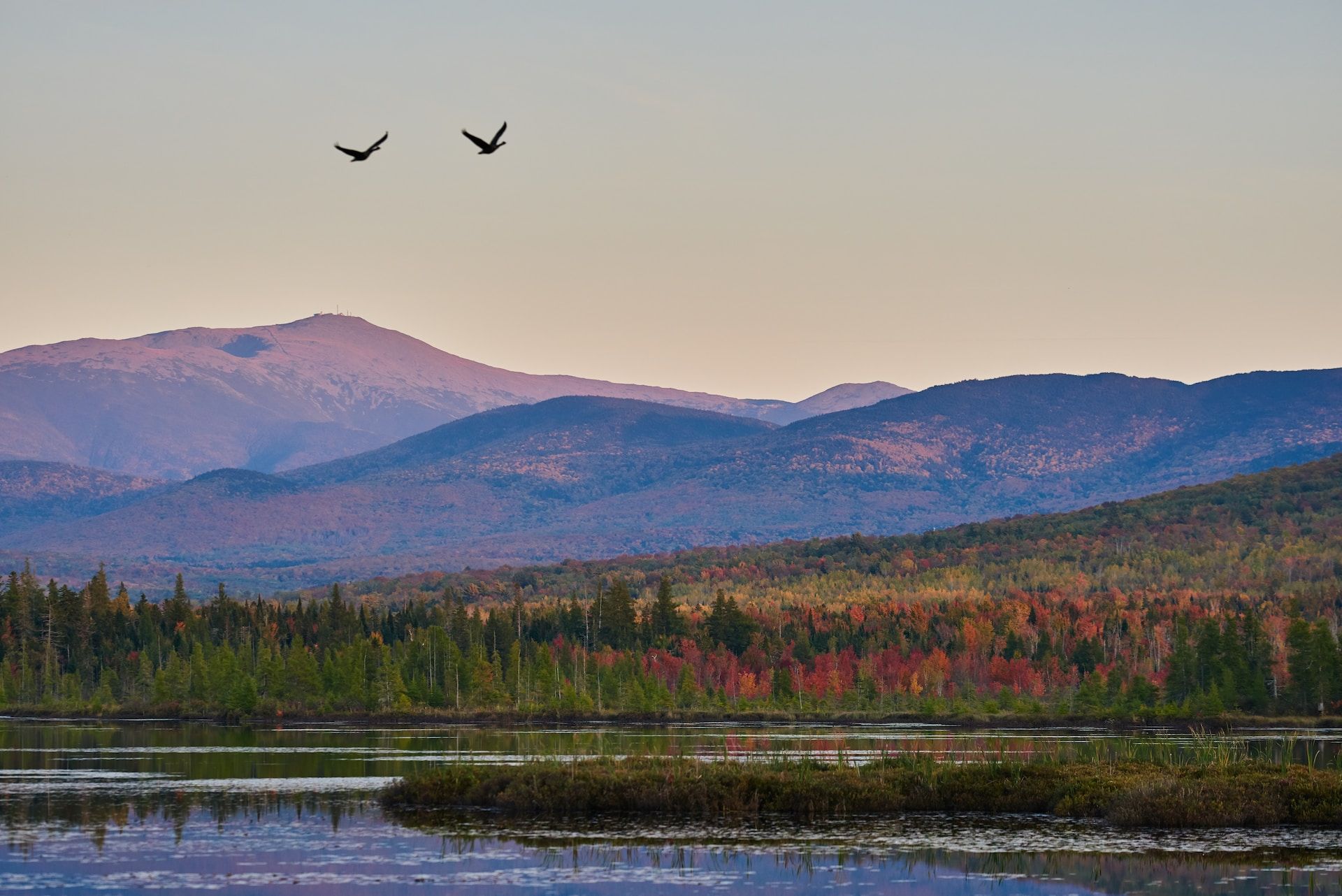Read update
- Mount Washington Has Claimed The Lives Of Over 160 People
Summary
- Mount Washington has claimed the lives of 161 recorded hikers since 1849, mostly due to extreme cold and wind conditions.
- There are multiple trails to the summit, each with its own challenges, and it's important to choose wisely based on experience and skill level.
- Always check the weather forecast and be prepared for unpredictable weather conditions on Mount Washington, which experiences severe weather year-round.
Considered to be one of the most dangerous hikes in the world, the summit of Mount Washington is both a daring and rewarding feat. While the hike is just over eight miles round-trip (depending on which route a hiker chooses), it doesn't come without its challenges, many of which have claimed lives. For over a century, this 6,288-foot mountain has proved fatal to more than 160 people. Whether it was due to being unprepared, getting lost or stranded, or not anticipating the mountain's rapid weather changes, many didn't realize the danger before they set on their trek. For those planning to hike this summit, it's better to know what not to do before seeking the peak.
UPDATE: 2023/10/28 17:34 EST BY NOAH STAATS
Mount Washington Has Claimed The Lives Of Over 160 People
This article has been refreshed with current death toll figures from Mount Washington, expanded talking points for previous information, and photos. With 200+ mile-per-hour winds and below-freezing conditions for much of the year, here's why this infamous mountain has gained such a bad reputation.
As Of 2023, There Have Been 161 Recorded Deaths
Although morbid, Mount Washington in New Hampshire has taken the lives of 161 recorded hikers. Of course, this count began in 1849, so there could have been other deaths associated with the popular mountain. On top of that, Mount Washington doesn't always reveal missing or dead people, only for them to go missing and never be found. The entire area is said to have an ominous energy, especially once people make their way up the mountain.
As the most dangerous area in the Presidential Range, Mount Washington will forever be infamous to those who hike or have hiked it. Most mountains, even much taller ones, don't see as many deaths within this timeframe. Per studies, the extreme cold and wind is what causes most deaths on Mount Washington.
The human body cannot withstand 100, 200+ wind speeds and certainly cannot survive below-freezing temps for long periods. Winter will forever be deadly on this mountain.
- How many have died on Mount Washington: 161 recorded deaths since 1849.
To stay safe, we recommend taking the Mount Washington Cog Railway over hiking.
There Are Many Trails To The Top, Choose Wisely
As the tallest mountain in New England, it's not surprising to know that there are many ways to reach the top. The many trails offer different options for hikers and travelers, and it's good to understand which challenges come with each one to make an informed choice. These are some options by order of popularity.
From the East:
- Tuckerman Ravine Trail - 8.4 miles
- Tuckerman - Lion Head - 8.2 miles
- Boott Spur Trail - 10.8 miles
- Huntington Ravine Trail to Alpine Garden, Nelson Crag Trail - 8.6 miles
Accessed from AMC's Pinkham Notch Visitor Center, these all include access to trail info, free parking, an outfitter store, dining, and lodging.
From the West:
- Ammonoosuc Ravine Trail / Crawford Path - 9 miles
- Jewell Trails / Gulfside Trail - 10.2 miles
From the North:
- Gulfside Trail - 10 miles
From the South:
- Crawford Path - 8.5 miles
Though not the only possible trails, these are the most well-known and traveled ones. For beginners or first-timers, in particular, it's best to stick to well-known trails, lest a hike becomes more challenging than necessary. The Auto Road is also an option for travelers who might want to forgo the hike altogether.
The Mount Washington observation deck is also worth exploring when in the area.
Always Review The Weather Forecast
One of the most important things to remember when hiking Mount Washington is that this mountain is, first and foremost, home to the world's worst weather. There are days when the summit will be completely immersed in cloud cover. There are also some summer days when it could feel like a cold autumn day, depending on the front that moved in overnight. Thunderstorms are also not unusual, and all of these things have been responsible for stranding hikers on the mountainside, some in need of rescue.
The highest wind speed ever recorded on the mountain was 231 MPH, which can quickly spell tragedy for a hiker standing on the summit, and the lowest windchill ever recorded at Mount Washington was a whopping -102 degrees, making temperatures unpredictable and unsteady. As if that wasn't enough, the summit sees hurricane-force winds roughly 110 days out of the year; all of that, combined with steep and unsteady terrain - much of it a challenging rock scramble - can quickly lead to a downhill battle, literally.
- Watch for weather: Mount Washington experiences severe weather throughout the year, with the winter being the most deadly.
- Highest wind speed recorded: 231 miles per hour
An easy but very important way to be prepared and keep yourself and others safe when hiking Mount Washington is to check the forecast or to call the visitor center and inquire about weather predictions. If the weather turns for the worst while hiking, it's advised to turn back.
Always Be Prepared To Hike Back Down Mt. Washington
Taking a ride back down the mountain might seem a simple solution with the highway so conveniently close, but there are a few hiccups. Mount Washington offers a hiker shuttle, which is an excellent option for coming down the mountain, but it's often overcrowded and sold out quickly. The shuttle is first come, first serve, with tickets ranging from $50 to $75, but it doesn't do reservations, so there are no guarantees a hiker will secure a spot on the bus - especially when hiking with a group.
Hitchhiking on the Mount Washington Auto Road is also prohibited because cars are also subject to dangerous conditions, and accepting more passengers could cause additional, restricted weight and even cause accidents.
- Tip for hiking: Make sure and remember you have to make it back DOWN Mount Washington. Pack snacks and water, and bring a buddy.
It's very important to keep in mind that if a hiker is planning to hike up the mountain, the plans always should include hiking back down as well; there are NO guarantees of rides back down Mount Washington by other means.
Hiking Mount Washington Will Take A Minimum of Eight Hours
The shortest trail option up the mountain is just over four miles to the summit, plus another four on the way down. If you choose a longer trail with less steep terrain, the hike can easily be ten miles or more. The hike is long and challenging, especially when taking into account the mentioned aggravates, such as inclement weather.
Mount Washington is not a beginner-friendly mountain; hikers should be physically prepared for what is sure to be a test of endurance and stamina and familiar with the reality of hiking mountains. Families with children and dogs should be extra careful and mindful of their needs. Pacing the hike and taking breaks to hydrate and eat when necessary is the key to a successful summit, and being prepared to turn back if necessary. Making sure to have the proper gear and equipment can also be - literally - a lifesaver on this or any other mountain.
- How long to hike: Mount Washington takes about eight hours or more to scale.

